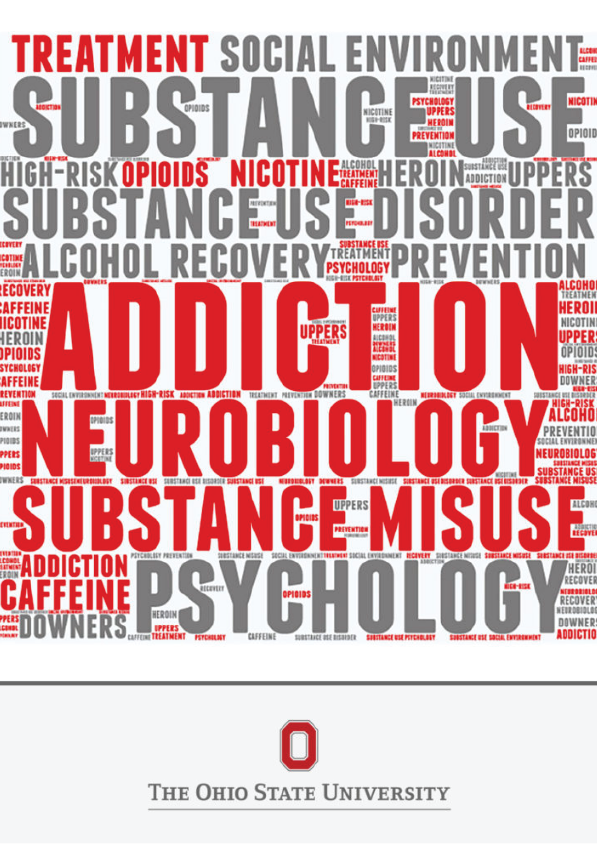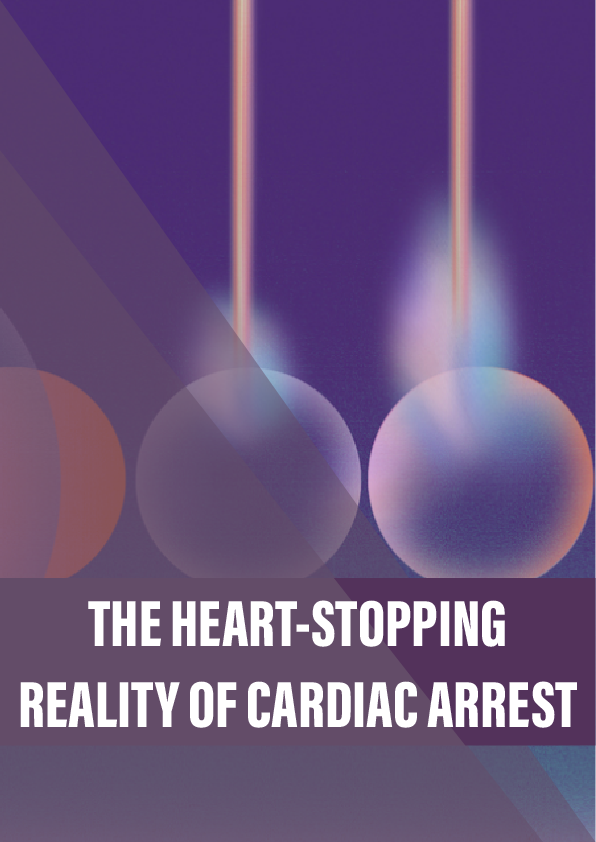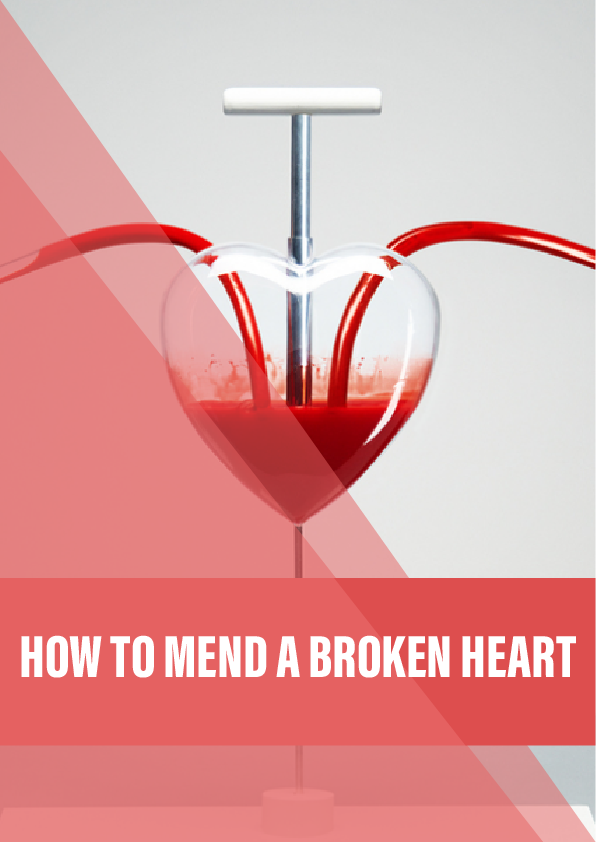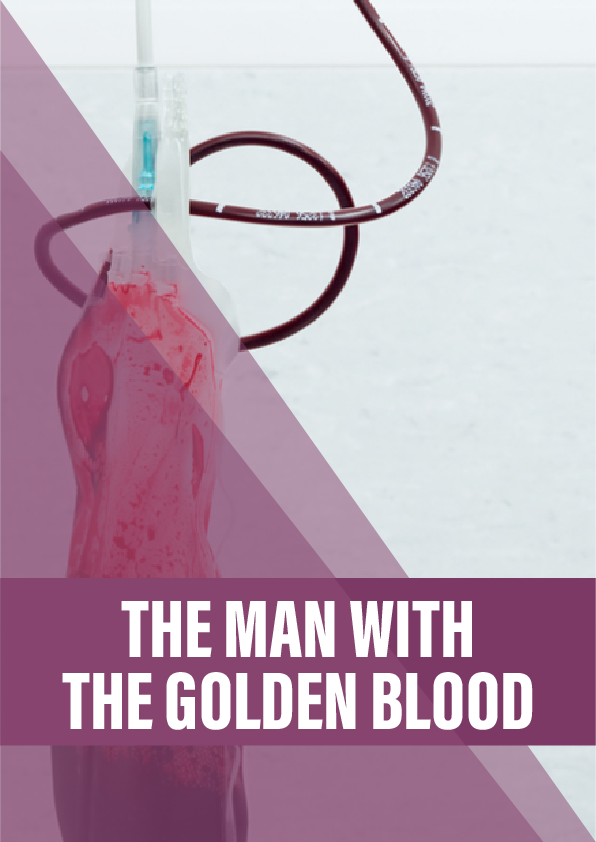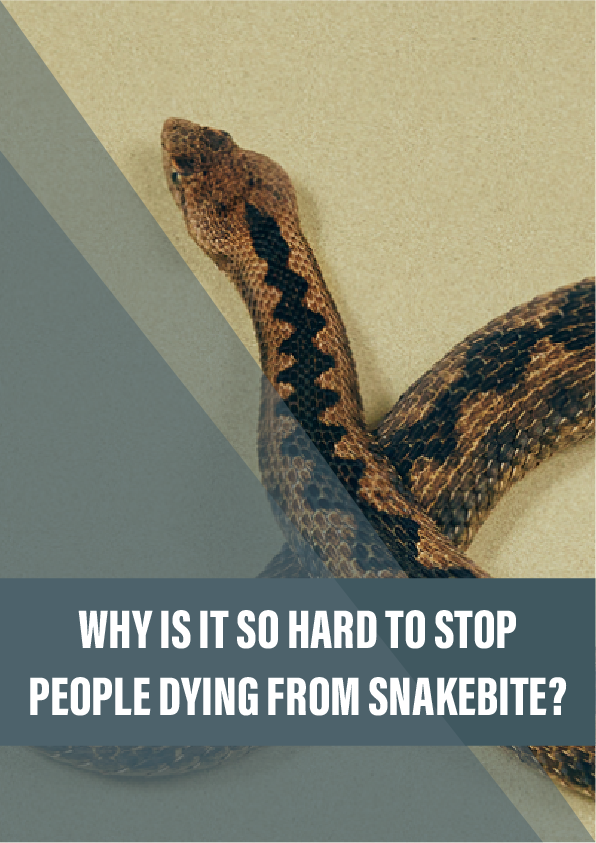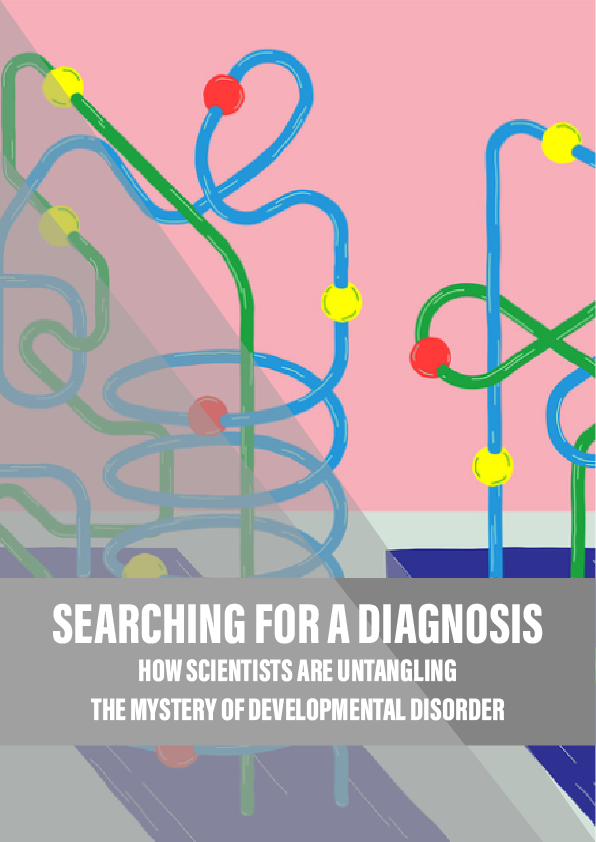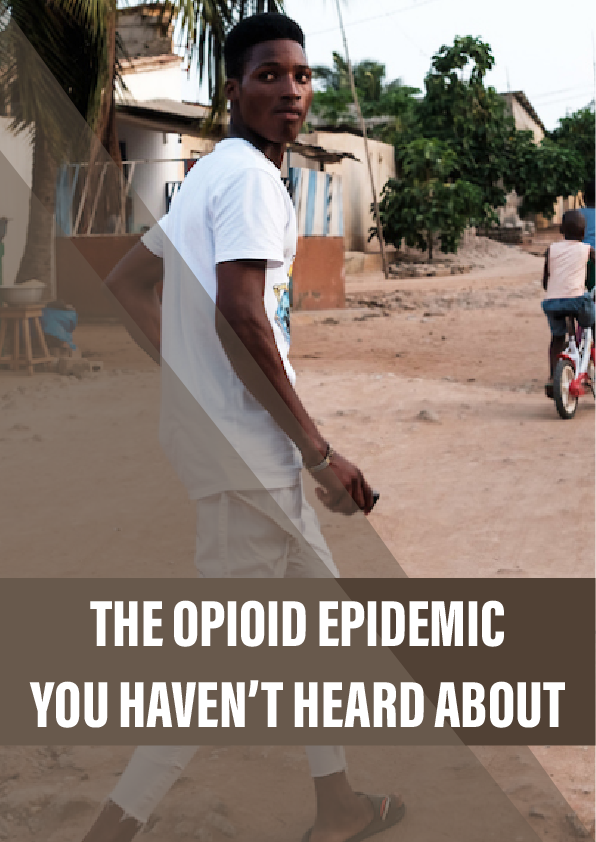Module 1 readings introduce major concepts relevant to understanding the theories that explain substance use, substance misuse, and substance use disorders. First, the concept of “psychoactive substances” is defined. Second, general epidemiological data and trends in substance misuse and substance use disorders are presented and explained. Finally, the importance of attending to the kind of language used in discussing substance misuse, individuals engaged in substance misuse, and individuals experiencing substance use disorders is explored. The information presented in these reading materials sets the stage for what is presented throughout the remainder of the course.
Reading Objectives
After engaging with these reading materials and learning resources, you should be able to:
- Explain what “psychoactive” substances means
- Describe the scope and impact of substance use as a national and global problem (epidemiology)
- Describe historical trends in responses to substance use/misuse in the U.S.
- Identify and resolve where stigmatizing language about substance use and addiction occurs.
What Are Psychoactive Substances?
Our course focuses on psychoactive substances. Psychoactive substances are chemicals affecting how the brain functions, and thus have the power to affect a person’s mind, mood, and behavior when consumed. The word psychotropic means the same thing. Many of these substances have important medicinal or other positive purposes when used appropriately. Many also are the subject of concern because of the consequences arising from their misuse and the potential for their use evolving into a substance use disorder. The wide range of psychoactive substances examined in this course include:
- alcohol,
- sedative/hypnotic and central nervous system (CNS) depressants,
- cannabis and other hallucinogenic/dissociative drugs,
- stimulants (including amphetamines, methamphetamine, cocaine, nicotine, and caffeine),
- opioids, inhalants, steroids, commonly misused over-the-counter substances, as well as prescription drug misuse.
Based on the popular media, you might have the impression that just about everyone is misusing drugs (except maybe you and a few people in your personal network); this just isn’t so. The science of epidemiology can help pinpoint what actually is going on in terms of trends and patterns related to substance use and misuse, as well as the experience of substance use disorders and other negative consequences.
The World Drug Report 2019 (WHO, 2019) reported that not only are the adverse health consequences of drug use more severe and widespread than previously believed, the severity of the situation is increasing. Reportedly, an estimated 35 million individuals globally experienced drug use disorders requiring treatment services and an estimated 271 million (5.5% of the world’s population) used drugs outside of medical recommendation during 2017. The report also concluded that only 1 in 7 persons in need of treatment for a drug use disorder receives it. The report raises alarm over the 25% increased production of cocaine compared to the previous year, reaching an all-time high. It also calls out the 47,000 opioid overdose deaths reported in the United States during 2017 (up 13% from 2016) and 4,000 in Canada (up 33% from the previous year). An opioid crisis is also arising in West, Central, and North Africa although the specific opioid drugs involved may differ in various parts of the world.
